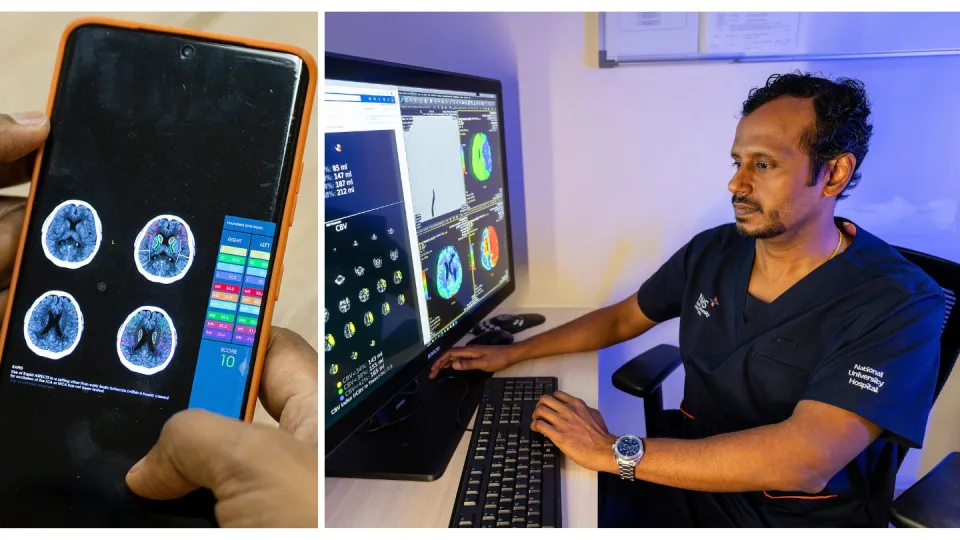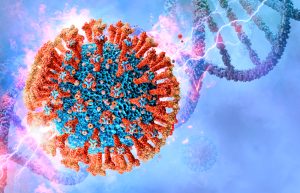In a world where technological advancements continuously reshape various aspects of life, healthcare is no exception. The National University Hospital (NUH) in Singapore has made a significant leap in this direction by implementing an Artificial Intelligence (AI) triage tool called RapidAI.
This AI tool, capable of identifying stroke patients in less than a minute, is revolutionising the way healthcare providers approach stroke management. By significantly reducing the diagnosis time, it enables faster treatment decisions, thereby improving patient outcomes and potentially transforming stroke care in Singapore and beyond.
RapidAI: Revolutionising Stroke Treatment
RapidAI expedites diagnosing acute ischaemic stroke, where a clot blocks a major blood vessel in the brain. This clot deprives the brain of oxygen and nutrients, leading to brain cell death. RapidAI has reduced diagnosis time to under a minute, significantly improving over the previous 20-minute window.
How RapidAI Works
RapidAI processes imaging data from an emergency CT scan in less than a minute and generates easily interpreted colour-coded images. This valuable information includes the extent of brain damage and the potential area that can be saved through prompt medical intervention. The processed data is sent securely to a team of stroke neurologists and interventional radiologists, enabling rapid decision-making and action.
Impact of RapidAI: A Tale of Success
Since its implementation in February 2023, RapidAI has evaluated more than 400 patients, with 30-35 of these individuals receiving timely endovascular treatment. This AI tool has significantly improved patient outcomes and set a new standard for stroke care.
The Significance of Speed in Stroke Treatment
In stroke management, time is of the essence. A single-minute delay could result in the loss of nearly 1.9 million brain cells. Hence, the advent of RapidAI is a game-changer. Its ability to swiftly identify stroke victims allows doctors to administer timely, life-saving treatment.
Dr Leonard Yeo, senior consultant in the Division of Neurology at NUH’s Department of Medicine, said: “With each minute of delay in opening a blocked artery, the patient could lose 1.9 million brain cells, hence ‘time is brain’. The earlier we unblock the artery, the better the patient outcome.”
Perspectives from the Medical Field
Healthcare professionals are optimistic about the impact of AI on stroke treatment. Dr Leonard Yeo, a senior consultant at NUH, emphasised that every minute counts when treating a stroke patient. He believes using RapidAI can significantly enhance NUH’s target of providing appropriate treatment to half of the acute ischaemic stroke patients within an hour of arrival.
Adjunct Associate Professor Anil Gopinathan, head of NUH’s Interventional Radiology division, has similar expectations. He believes that AI can revolutionise the speed of decision-making, reduce the amount of brain cells lost and increase the likelihood of a stroke patient’s recovery.
Stroke Management: Looking Ahead
With AI’s potential fully harnessed, the future of stroke management looks promising. In the meantime, the success of RapidAI offers a beacon of hope for healthcare professionals and stroke patients alike. As AI continues to evolve, we can anticipate more revolutionary breakthroughs that will undoubtedly enhance patient outcomes, particularly in high-stake, time-sensitive scenarios like stroke treatment.
Photo: NUH













